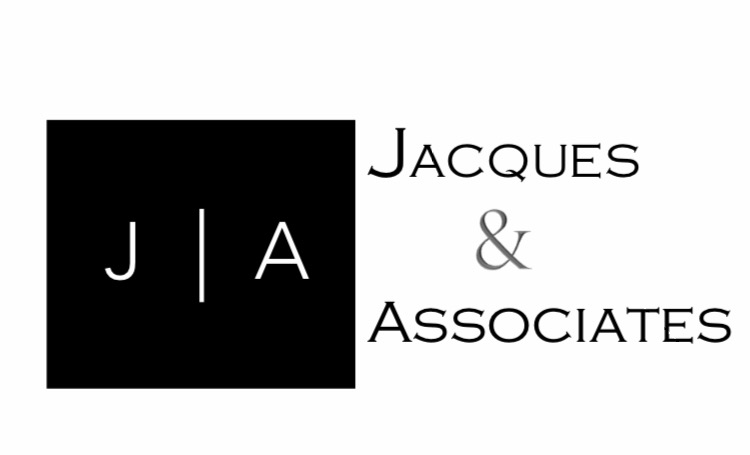SO YOU THINK YOU CAN DANCE – YOUR MOVES MAY BE COPYRIGHTED
/The rise of lawsuits, in the whirling world of choreography, has recently seen a steady rise in conjunction with the resurgence of reality dance shows. These engaging dance shows provide performers with a highly visible platform worldwide. When deciding on a specific choreographed rhythmic routine, sprinkled with your iteration of the moonwalk, one of the things that one must consider is – are you in violation of copyright laws? According to the Second Circuit – It Depends.
Categorical copyright protection for choreography is a relatively new area of intellectual property law. Prior to the enactment of the 1976 Copyright Act, a choreographer’s rights were not expressly defined in statute or common law. Choreography was not even mentioned under the prior law, and a choreography piece could only be registered as a form of “dramatic composition.” The 1976 Copyright Act, changed the course of choreography as it relates to intellectual property and Congress expressly included “choreographic works” among the categories of creative works eligible for copyright protection. Like any other protectable creative work, dance pieces are now protectable by copyright provided that they are an “original work of authorship” which is “fixed in any tangible medium of expression.”
The general analysis used to determine copyright infringement as it relates to choreography is whether the infringing work is substantially similar to the copyrighted work. With respect to dance, to determine whether two pieces are substantially similar, one must first determine what constitutes protectable choreography in the first place.
The Second Circuit has provided us with a definition for choreography but has yet to define what sequence of movement is sufficiently original to be worthy of protection. Additionally, no court has decided what series of movement is sufficiently similar to the copyrighted choreographed dance moves to violate the rights of another, thus leaving the dance world in a state of limbo. Consulting with an attorney prior to the release of your choreographed masterpiece can alleviate confusion and provide protection for your artistic expression.


